For a change of pace, and in direct contravention of my recent micro-manifesto, this month I decided to try and be as un-subtle as possible:
If this doesn’t propel me to the top of the Substack bladder, nothing will…
I’ve always disliked the label of ‘satire’ and the work that eagerly embraces it. Traditional satire doesn’t do much, as it plays by the rules of the thing it’s trying to upend.
It doesn’t improve anything in the real world, and it rarely stand strong as an independent work of art. There are of course some notable exceptions, but they tend to play with the genre itself:
The Webster cartoon is from 1912, which goes to show that this current of resisting clarity has always been around. Look at Dead Souls, Tristram Shandy, etc—works that are placed within very specific periods, yet reach far outside that time.
The one above is from 1940. You might know Webster for inventing the word “milquetoast” (thanks, Miyazaki) and predicting the 2023 avalanche of Ai slop. Anyway.
Here’s my main point: if you fight a man covered in shit, you might win, but you will be covered in shit at the end.
In other words, if you define yourself in opposition to some thing, you are nothing more than an extension of that thing.
Propaganda doesn’t work because it appeals to reason or intelligence, it works because it is dumb and insistent, and to respond in the same fashion only gives your target more power.
An alternative approach is to imitate and embody the given material, and to reveal its mechanics through editing and repetition.
The artists who do that are often lumped in with the other satirists, but their work tends to be less reliant on context, and it tends to be still entertaining decades onwards, while the rest of topical satire becomes an incomprehensible mess.
Try looking through old annuals of illustrations and cartoons in your local library—I can guarantee an almost surreal experience, like trying to decipher messages from a parallel universe that only feels more alien because it’s so familiar.
I personally wouldn’t consider the Day Today or Brass Eye satire—these shows aren’t directly mocking anything, they are attempting to reenact these things with some elements omitted, others multiplied or substituted, which does sound like your standard satirical tools, but instead of a clear statement, they arrive at an almost hypnotic absurdity that reveals the stupidity of the source material without spelling anything out.
The difference is in the roundabout treatment. In a way, it reminds me of Ac-Bu’s animations—if you compare them to the trendy ‘deliberately ugly’ aesthetics, they stand out in a subtle way, and that very hard-to-define difference, I believe, lies in the refusal to take the straight route.
In fact, I’d say the latest two Chris Morris productions, Four Lions and the Day Shall Come, are much closer to capital S satire, as they both have a pretty clear narrative perspective—the jokes often act as a vessel, which hasn’t always been the case.
I’m more fond of Blue Jam, Morris’s last radio project—certain stories and sketches in it still confuse and upset me, which is a good thing in my book. As I so aptly put it in my last newsletter, “clarity is a trap. Confusion is freedom.”
Or as young Mark E. Smith put it in 1978, “there are three R’s: repetition, repetition, repetition.” There are many things to love about his lyrics, but the main thing for me is the consistent lack of clarity. People sometimes go out of their way to ascertain Smith’s politics and opinions, but that’s completely missing the point of his craft.
MES makes familiar feel strange, through editing and repetition, and while his lyrics are full of scorn and malice, at their best, they transcend their source material, instead of trailing it. Towards the end of his life, that sharpness unfortunately began to wane, which only made me appreciate the thought that went into the earlier stuff.
In short, it takes a lot of work to say nothing, and say it well. And that’s a fact.
PREVIOUS FORAYS
If you read all the incisive cartoons above, thinking ‘ok, now he’s cooking,’ there will be more of them in the next letter, so stay tuned. Meanwhile, you can find more informed political commentary in these two posts from the previous year (literal 1983):
Conceptual Enough
...which features a very thorough discussion of one of the most CONCEPTUAL Trump covers that the New Yorker put out.
Just the Nib
...which features some hard-hitting relevant political satire in a desperate attempt to turn the average Substack reader into an insatiable paypig.
And of course, this already-classic episode of abovementioned Two Librans, featuring special guest T*m M*rell* from Ra*e Against the Ma*4#*chine, sharing some Dangerous Truth for those who aren’t afraid of them. I’m in fact going to New York tomorrow, for a week, to record a live episode at the Lincoln Center.
I also riso-printed a limited run of these awful cartoons, designed in the style of those deranged leaflets you used to find in phone booths and other public crevices. Might do that in NY and spread some Hope to our American friends.
PS. I am still at work on Foghorn, my actual proper comic, which will be updated soon-ish. The first issue is now sold out, thanks to everyone who grabbed a copy—I’ll probably print half of a run of the second, mostly just to see how it reads (knowing how much I revise, the final book will no doubt be pretty different).
It is by far the most direct and straightforward thing I’ve done, which is probably why I’ve been thinking about all these matters—how can you make a story about nothing, built almost exclusively on negativity, but keep it neutral, and, most importantly, fun…
PPS. I usually don’t care about prizes, but I’m very happy that Anouk Ricard won the Angoulême grand prix. She’s one of my favorite cartoonists ever, and her sense of humor is unparalleled. A true inspiration!









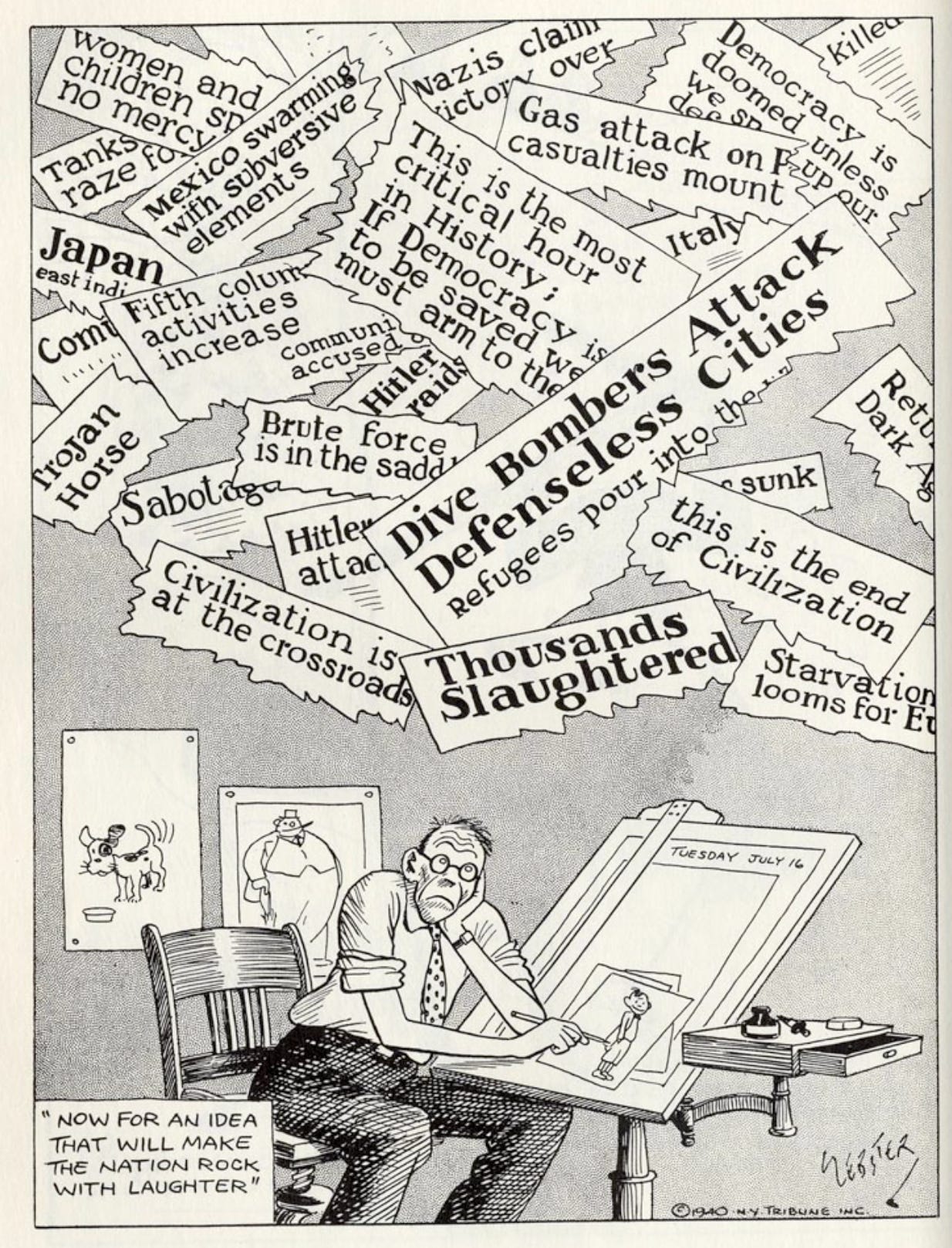




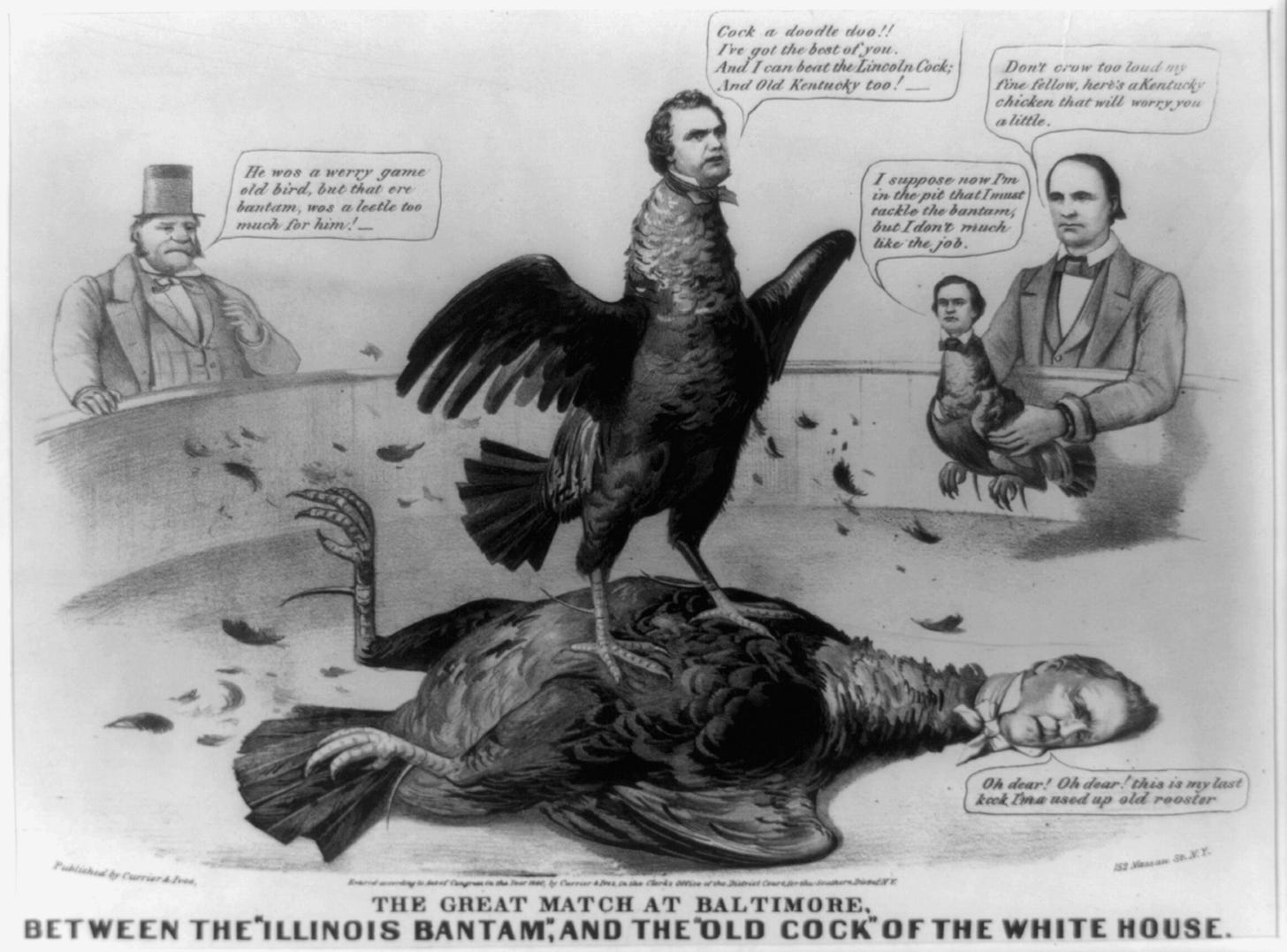





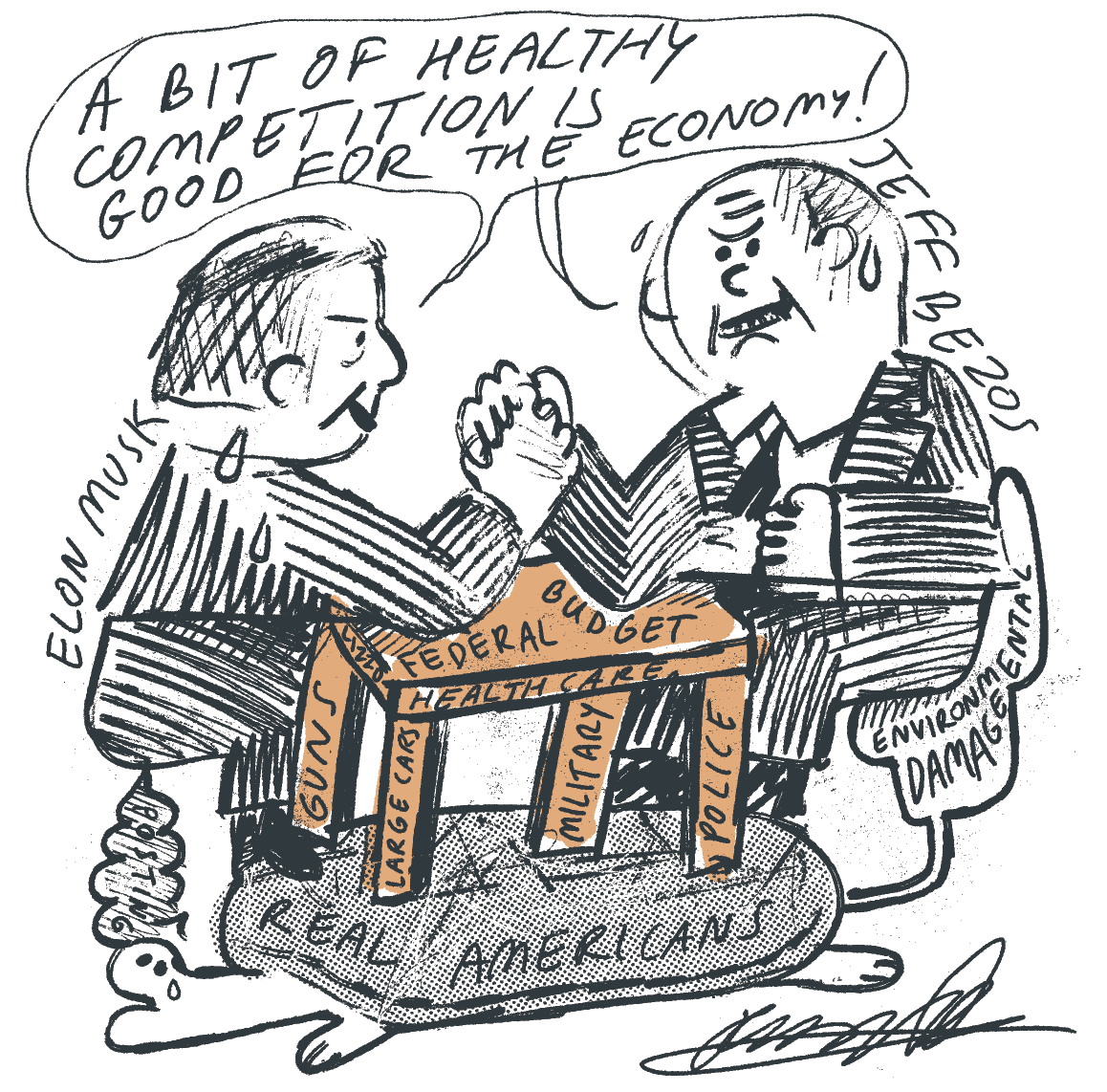






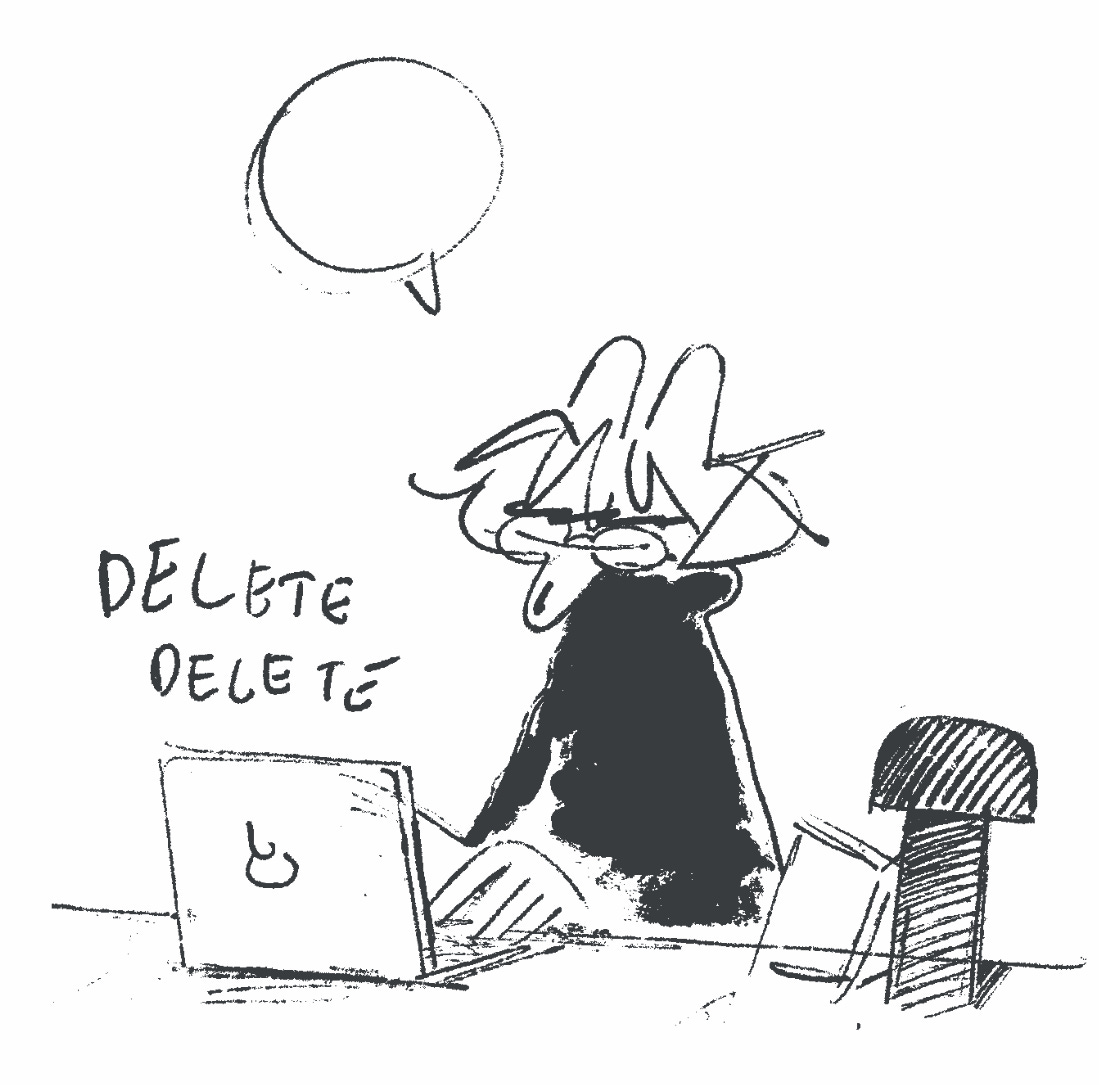
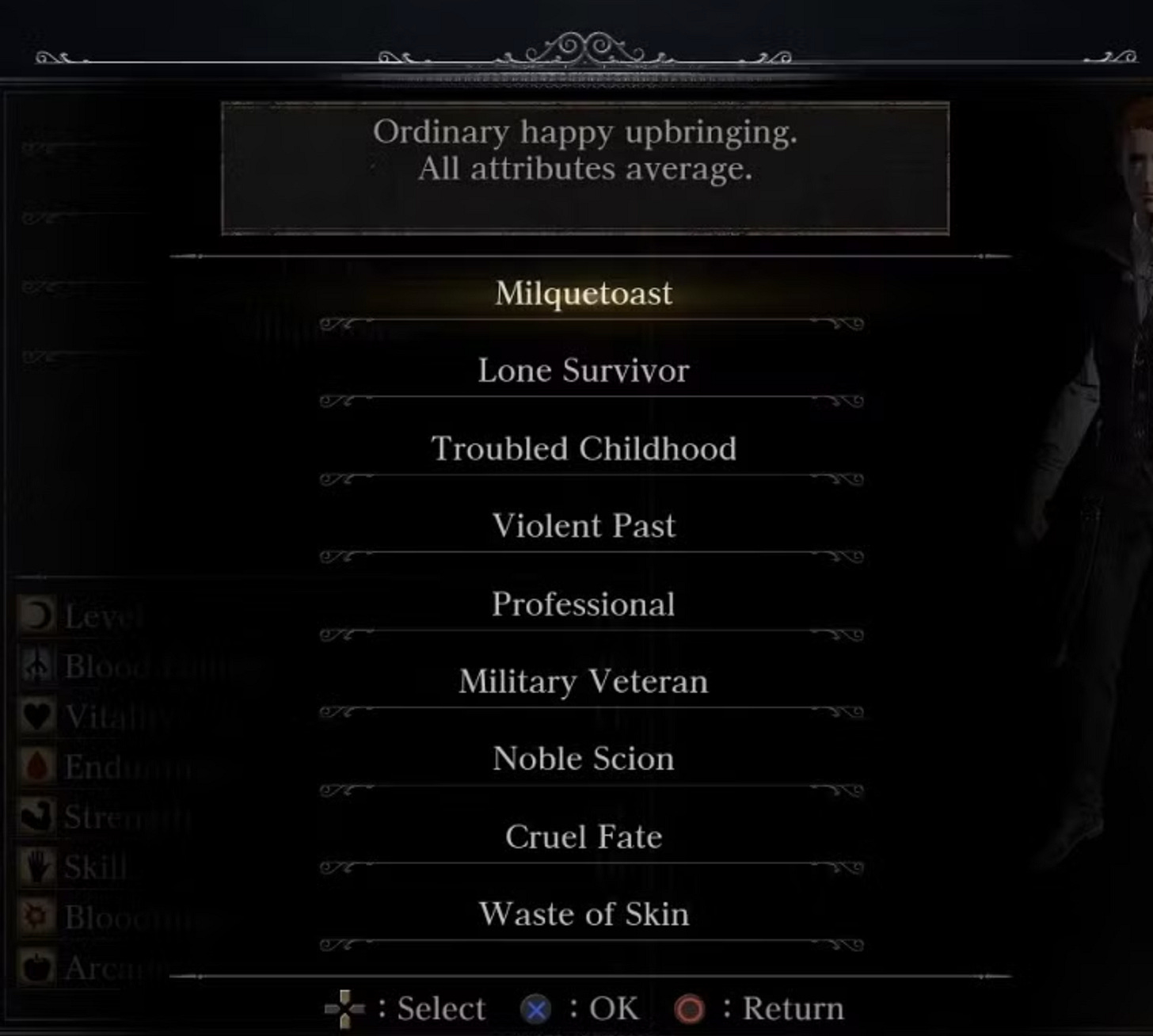
Great pieces ; thanx